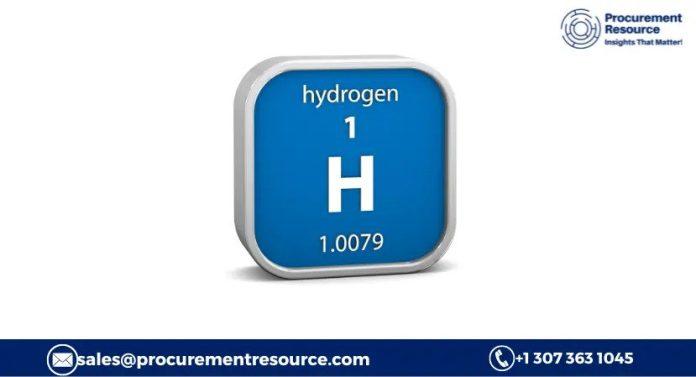In the quest for a sustainable energy future, hydrogen has emerged as a promising contender. Its potential as a clean and versatile fuel has garnered attention worldwide. This blog aims to delve into the production of hydrogen, exploring various methods and their implications in the transition towards a greener planet.
Hydrogen Basics: Hydrogen, the most abundant element in the universe, has long been recognized for its potential as an energy carrier. When used as a fuel, it produces only water vapor, making it an appealing option to combat climate change. However, hydrogen doesn’t exist freely in large quantities on Earth, so it must be extracted from other compounds through various production methods.
Request For Free Sample: https://procurementresource.com/production-cost-report-store/hydrogen/request-sample
Steam Methane Reforming: The dominant method of hydrogen production today is steam methane reforming (SMR). This process involves reacting methane (the primary component of natural gas) with steam to yield hydrogen and carbon dioxide. While SMR is widely used due to its efficiency and cost-effectiveness, it generates significant carbon emissions, undermining its sustainability benefits.
Electrolysis: Electrolysis, an alternative method, uses electricity to split water molecules into hydrogen and oxygen. This process can be powered by renewable sources like solar or wind, making it a green route to hydrogen production. However, the high energy requirements and the cost associated with current electrolysis technologies remain significant challenges to overcome.
Biomass Gasification: Biomass gasification presents a promising avenue for sustainable hydrogen production. By heating organic materials (such as crop residues or wood chips) in an oxygen-limited environment, a syngas rich in hydrogen is produced. This method not only offers a renewable source of hydrogen but also helps address waste management and agricultural challenges.
Photobiological and Photoelectrochemical Methods: Photobiological and photoelectrochemical methods harness the power of sunlight to generate hydrogen. In photobiological systems, certain microorganisms or algae use solar energy to produce hydrogen through photosynthesis. Photoelectrochemical methods, on the other hand, employ semiconductor materials to directly convert solar energy into hydrogen. While these methods are still under development, they hold significant promise for sustainable hydrogen production.
Challenges and Future Outlook: Despite the potential of hydrogen as a clean fuel, several challenges need to be addressed for its widespread adoption. These include developing efficient and cost-effective production methods, establishing infrastructure for storage and transportation, and ensuring safety measures. Ongoing research and development efforts aim to overcome these obstacles, with governments and industries increasingly investing in hydrogen technologies.
Conclusion: As we strive to mitigate climate change and transition towards a sustainable energy landscape, hydrogen stands out as a viable solution. Its versatility and minimal environmental impact make it a compelling fuel option. By exploring and advancing various production methods, we can unlock the full potential of hydrogen and pave the way for a greener and more prosperous future.
Contact Us:
Company Name: Procurement Resource
Contact Person: Chris Byrd
Email: sales@procurementresource.com
Toll Free Number: USA & Canada – Phone no: +1 307 363 1045 | UK – Phone no: +44 7537 132103 | Asia-Pacific (APAC) – Phone no: +91 1203185500
Address: 30 North Gould Street, Sheridan, WY 82801, USA
